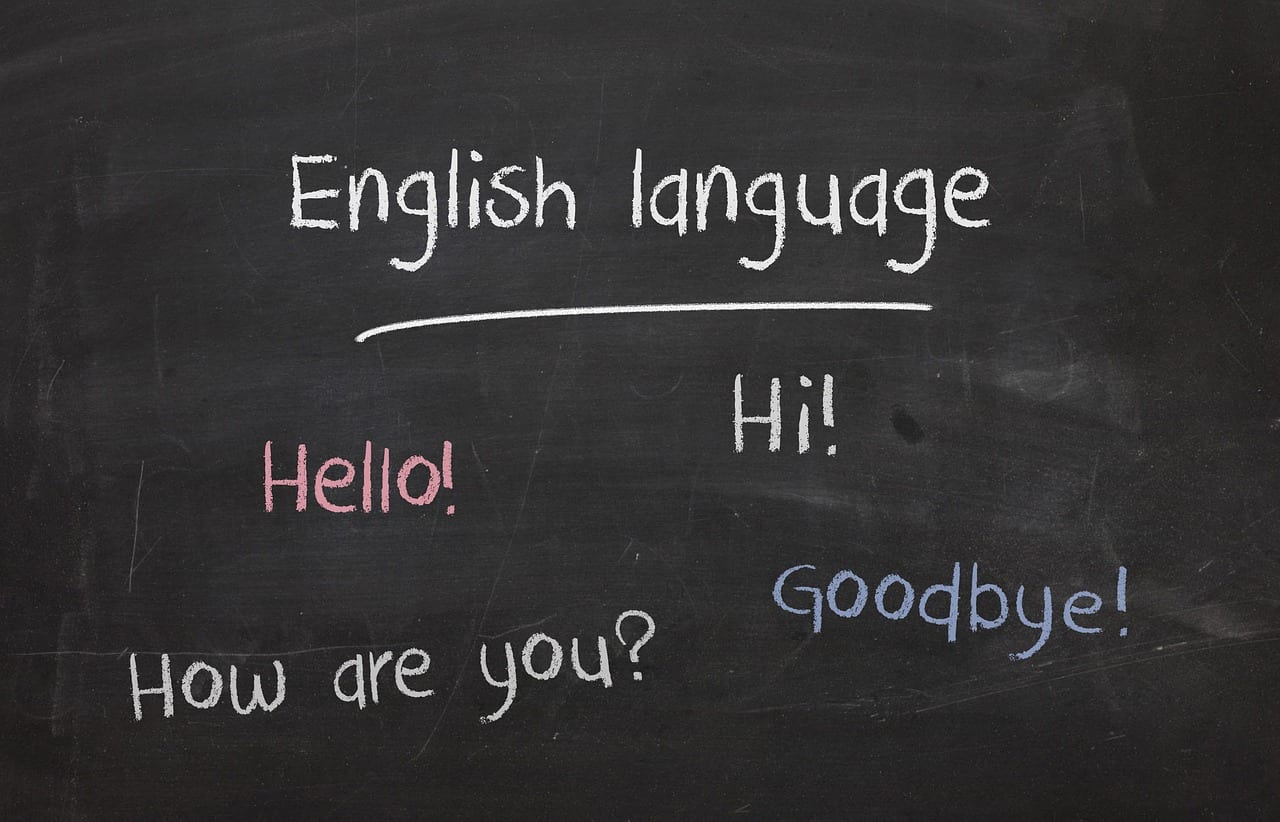
BiljaST / Pixabay
Six years ago I began this regular feature where I share a few posts and resources from around the Web related to ESL/EFL or to language in general that have caught my attention.
You might also be interested in THE BEST RESOURCES, ARTICLES & BLOG POSTS FOR TEACHERS OF ELLS IN 2020.
Also, check out A Collection Of My Best Resources On Teaching English Language Learners.
In addition, look for our new book on teaching ELLs, which was published in the Spring of 2018 and learn about our next book.
Here are this week’s choices:
Help Language Learners Overcome 3 Math Myths is by Tan Huynh.
ELT Planning has a nice listing of lesson ideas.
And, speaking of the ELT Planning blog (which is a very good one), it also has a nice lesson for reviewing Social Studies information and one for using Loom, the screencasting tool.
Vibely is interesting. Type in the name of any song, and it will show you its lyrics. The twist, however, is that various words are covered-up with a black box (which is removed by just moving your cursor on it to reveal the words). Though it’s not as useful as, let’s say, Lyricstraining (which can show multiple choices for what goes in the blanks, it still could be a good option for a learning tool. I’m adding it to The Best Music Websites For Learning English.
When a text is too challenging, I use text engineering to scaffold reading. @HWDSB pic.twitter.com/fJNcLXuA6n
— Tan K Huynh (he/his) 🇱🇦🇺🇸🇹🇭🏳️🌈 (@TanKHuynh) May 8, 2021
Parents of #ELs need to be involved in decisions about accessibility features for their kids. The @NCEOinfo Improving Instruction project has created short briefs in 6 languages to guide parents through this process. Download: https://t.co/fA0u9cS6kc #MultilingualAdvocacy pic.twitter.com/ePlPa80Rqa
— ASKNCELA1 (@ASKNCELA1) April 28, 2021
I received a number of useful replies to the question I asked in this tweet. Here are a few of them, along with a few other comments I’ve made (I’m adding them to The Best Sites For Grammar Practice):
What’s a good link to a grammar sequence you would teach to ELL Newcomers? Yes, yes, I know it’s important to flexible and focus on communicative strategies. But what basic sequence outline do you like to keep in mind when teaching?
— Larry Ferlazzo (@Larryferlazzo) May 3, 2021
I use materials from @ESLlibrary and they have a teaching order that I follow. Great materials that include a highly scaffolded writing prompt where I’ve seen some of my students’ best writing after explicit instruction on a grammar point
— Christina Terranova, M. Ed. , S. Ed. (@ESLswood) May 4, 2021
By the way, you can see the ESL Library sequence here.
Survival Grammar:
To be
To have
To want
To need
To goAll past using DID in front of verb
Present as is
Future using WILL in front of verbHS Ss & adults are SO appreciative of this method especially when u use content in context of school & their jobs!
Then introduce CAN.
— Dorina Ebuwa (#Emotional_IntELLigence4Teachers) (@Dorina_BELIEVE) May 3, 2021
Don’t have a link, but basic English sentence is Subject + Verb + Object. Pro tip: When a new verb is introduced, teach present AND past AND future tenses simultaneously. Lack of past tense mastery can prevent Sts from progressing.
— Maria Cruz (@DrCruzerman) May 3, 2021
I do the following:
Verb to be
There is/are
Present continuous
Future – going to.ALL OF THE ABOVE USE THE VERB TO BE
After this I jump to present simple and at this point, they have seen enough grammar to be able to deal with the next ones.
This is just me.
— Víctor Mejía (@vicmejia13) May 3, 2021
Nouns, pronouns,simple verb tenses, prepositions, adjectives, adverbs, past participle, present Progressive, ect … articles are usually introduced at the very beginning.
— Maria A. Grajales (@mamegr17) May 3, 2021
I like this resource for grammar https://t.co/fs1Tt9YdaH
— Denise Recarte (@denise_recarte) May 3, 2021
I agree with Denise’s recommendation – it’s a very useful site!
A couple of other useful sites are:
How to Teach Grammar to ESL Students: the Sequence by Simply Ieva and GrammarBank.



Recent Comments